By Staff Correspondent
Rosoboronexport, the Russian state-run defence firm, announced at Aero India 2023 that Russian defence companies were set to sign new export contracts despite the ongoing Ukraine war. The Chief Executive Officer (CEO) of Rosoboronexport, Alexander Mikheyev, stated that foreign countries were showing an increased interest in a few weapon systems “against the backdrop of a special military operation.”
The CEO named weapon systems that performed well in the war against Ukraine and were being watched by interested foreign customers, including the Ka-52E and Mi-171Sh helicopters, Su-57E and Su-35 fighters, Iskander-E tactical complexes, and T-90M tanks.
Mikheyev stated, “Our foreign partners, of course, are very attentive to information about the facts of the combat use of weapons and military equipment.” Mikheyev assured the world that despite the increase in demand for weapons by the Russian Army, the industry was well on its way to completing export orders as initially planned.
The Iskander-M missile is a mobile ballistic missile system with a 400-kilometre range capable of carrying a nuclear warhead. It is connected to a networked system of sensors and missiles that can quickly unleash attacks on targets around the theatre. In addition, it contains jammers to block active seekers and is capable of fast terminal phase manoeuvres.
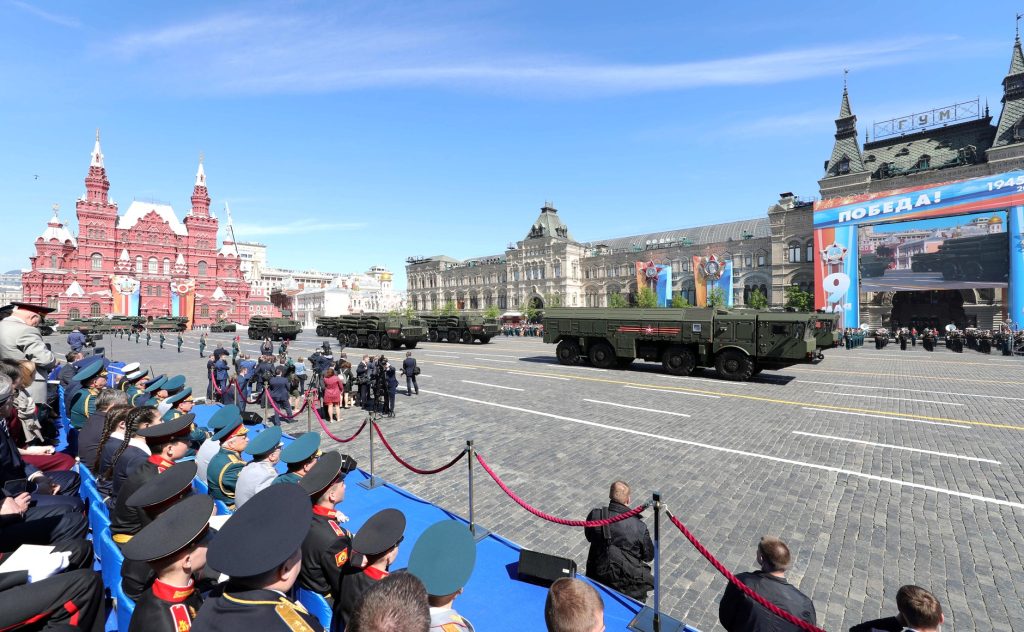
After its combat success, this missile was delivered to Belarus in December last year. The export variant of this missile, Iskander-E, is being eyed by many countries. The Iskander-E has been modified by downgrading its range, which is over 280 kilometres. Over the years, this missile has been exported to Armenia and Algeria, but their recent combat performance is being used to increase their exports by Rosoboronexport.
Russia has extensively deployed two helicopters, the Ka-52 Alligator and the Mi-171Sh. The Alligator is an advanced ground-attack helicopter deployed to obliterate Ukrainian tanks and ground formations using its advanced gunship. In contrast, the Mi-171Sh is a military transport rotorcraft designed specially to operate in combat missions.
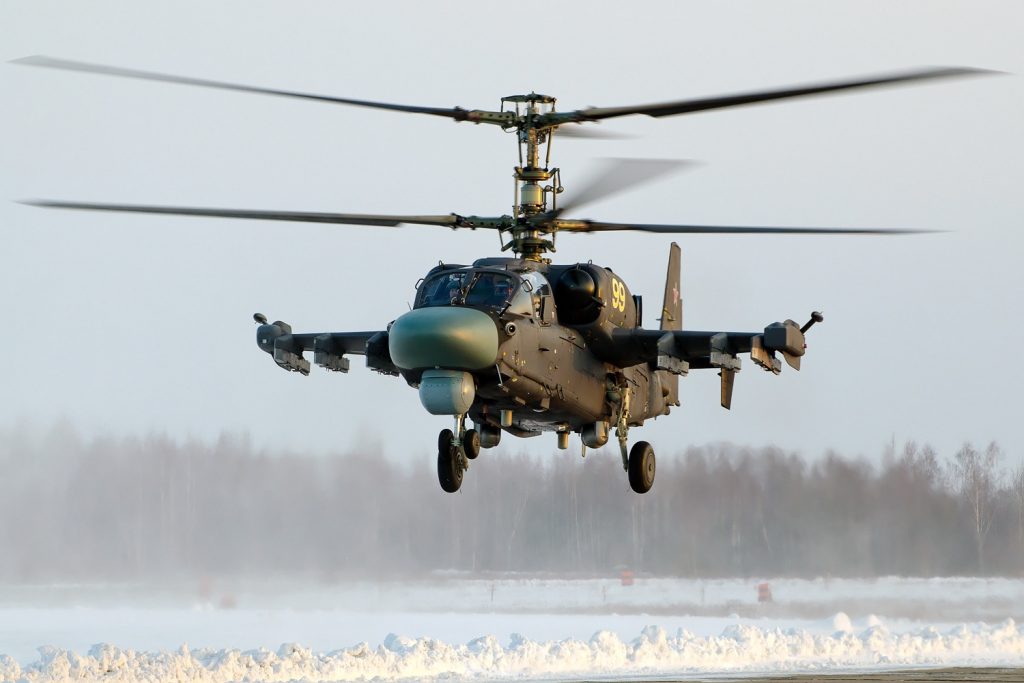
Both these choppers were also displayed at China’s Zhuhai Air Show in November last year. Even though Russia has lost quite a few Ka-52 attack choppers in combat, they have proved their efficacy with their improved power-to-weight ratio, manoeuvrability, performance, operating characteristics, onboard radio-electronic equipment, potent weaponry, and defensive aid suite. Ka-52E is the export version of this helicopter.
The Su-35 fighter jet is a super-manoeuvrable, twin-engine, single-seat fighter jet that the VKS has extensively used to battle the Ukrainian Air Force. These fighters have been used to carry out stand-off attacks on Ukraine. Russia is reportedly selling two dozen of these jets to Iran owing to a growing defence partnership between the two countries.
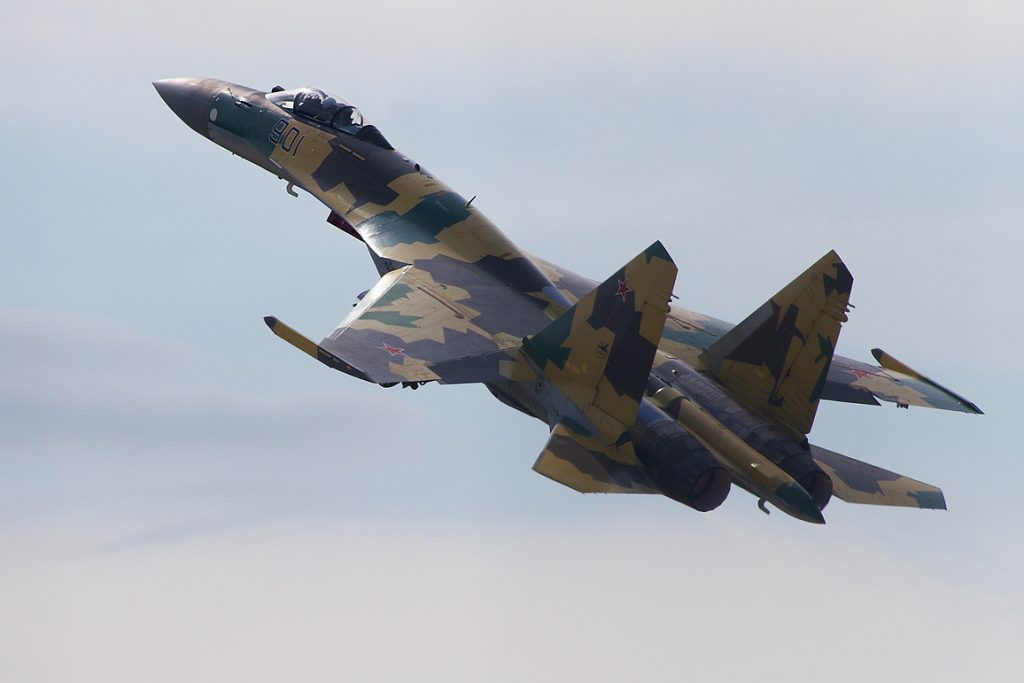
The Su-57 fifth-generation stealth fighter’s participation was confirmed only late last year. The stealth profile allows this aircraft to undertake combat patrols and fire long-range missiles without being detected. Russia is betting big on the export of this advanced fighter jet.
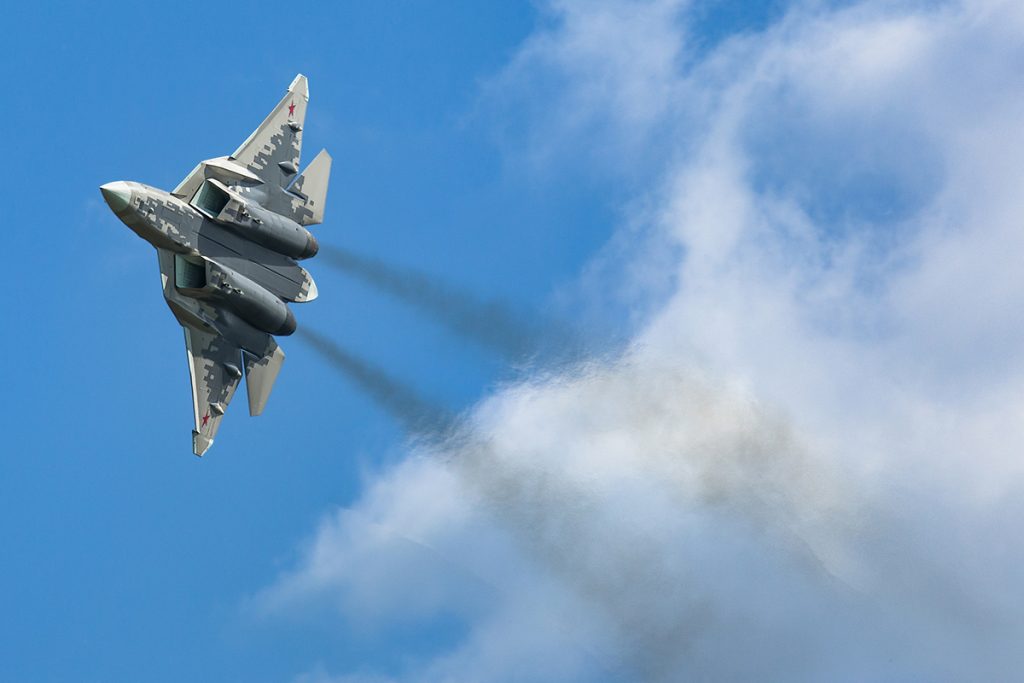
The T-90M is an upgraded version of the T-90 Tank which has improved armour protection with Relikt built-in Explosive Reactive Armor (ERA) in place of the previous Kontakt-5, better weaponry, better primary sensor, and fire control enhancements. It has Nuclear, Biological and Chemical (NBC) protection and automatic fire suppression systems. The T-90 tanks have seen combat on several occasions, including in Ukraine.
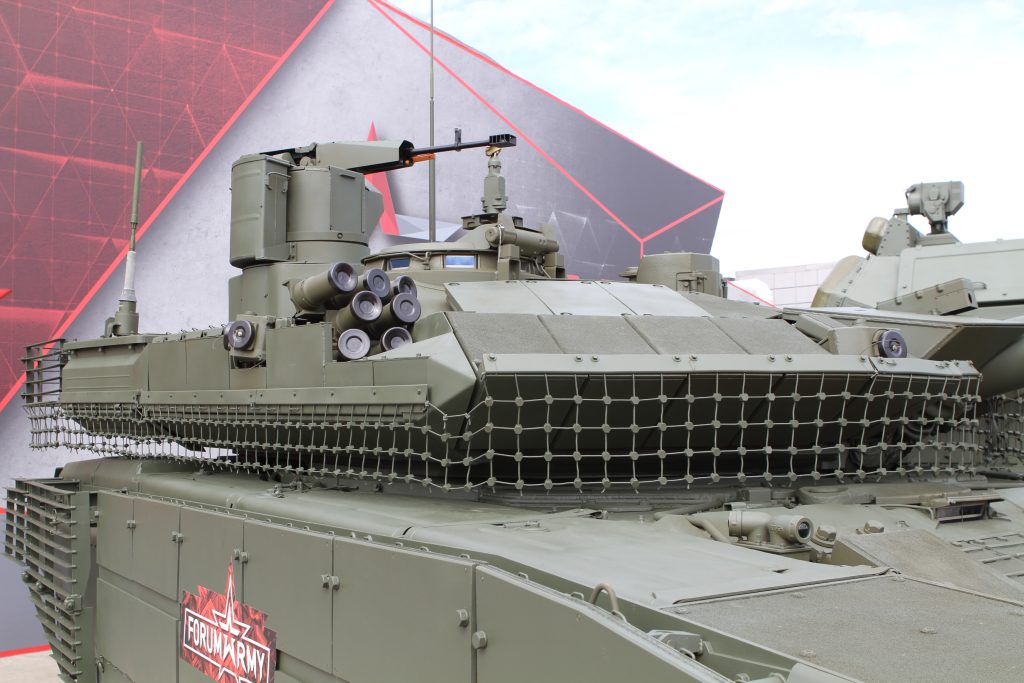
Russia has lost several tanks on the battlefield owing to the anti-tank guns and missiles that Ukraine has widely used. However, Russian arms exporters have repeatedly highlighted these tanks’ advanced features.
There appears to be a growing interest from foreign partners in a range of cutting-edge military technologies. Among these highly sought-after systems are the BMPT tank support combat vehicle and the TOS-1A heavy flamethrower system, which have proven highly effective in various combat scenarios.
Additionally, there is great interest in guided munitions for cannon artillery and the highly advanced Orlan-10E and Orion-E unmanned aerial vehicles. Clearly, these systems represent cutting-edge military technology, and their continued development is likely to be a top priority for many countries worldwide.
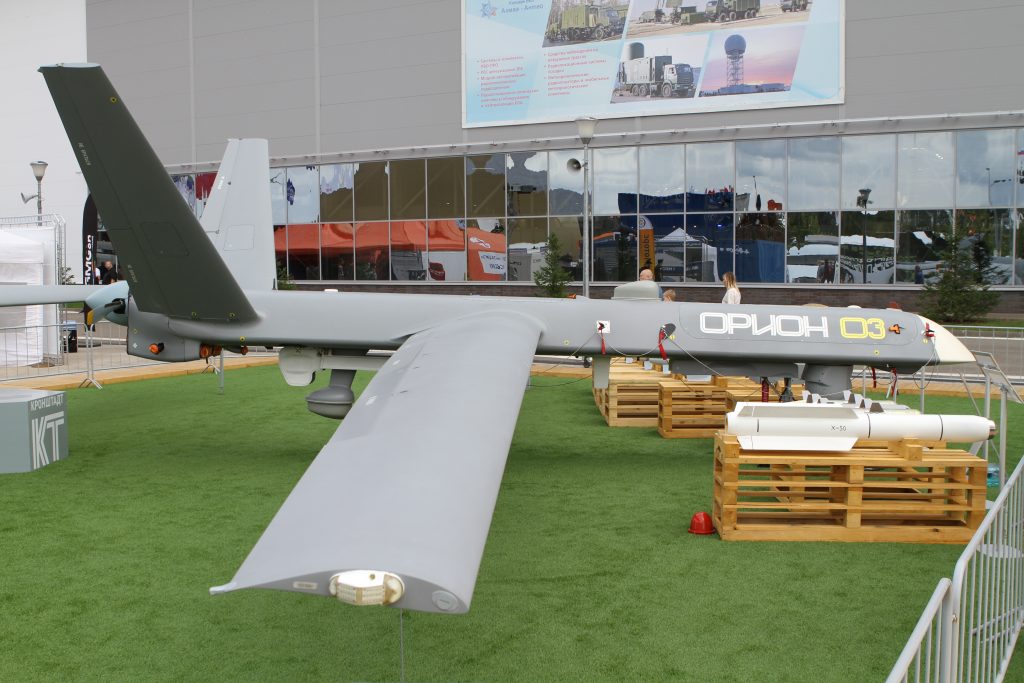
Other prevalent systems include the Club-S and Club-N missile systems and the Pantsir-S1 air and Viking air defence missile systems. These highly sophisticated systems can neutralise a wide range of airborne threats, and their effectiveness has been demonstrated in real-world combat scenarios.
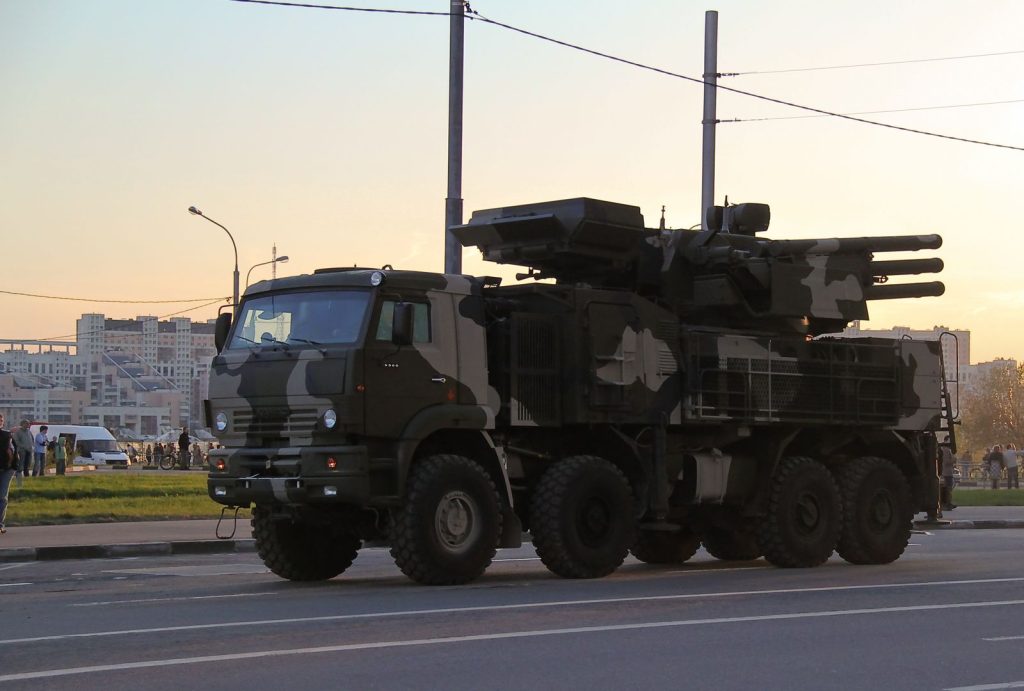
In addition to these systems, there is also a growing interest in various electronic warfare systems, including anti-aircraft missile systems and drones. These systems have proven highly effective in detecting and neutralising a wide range of threats, and their continued development is likely to be a key focus for military planners in the years ahead.
Overall, it is clear that there is a growing demand for advanced military technologies across a range of different domains. Whether in ground combat vehicles, aerial drones, or missile defence systems, it is clear that the global arms race is only getting more intense and that countries will continue to invest heavily in these cutting-edge systems to maintain their strategic advantage on the battlefield.
The question remains, what will be on the table for the Indian Armed Forces?





